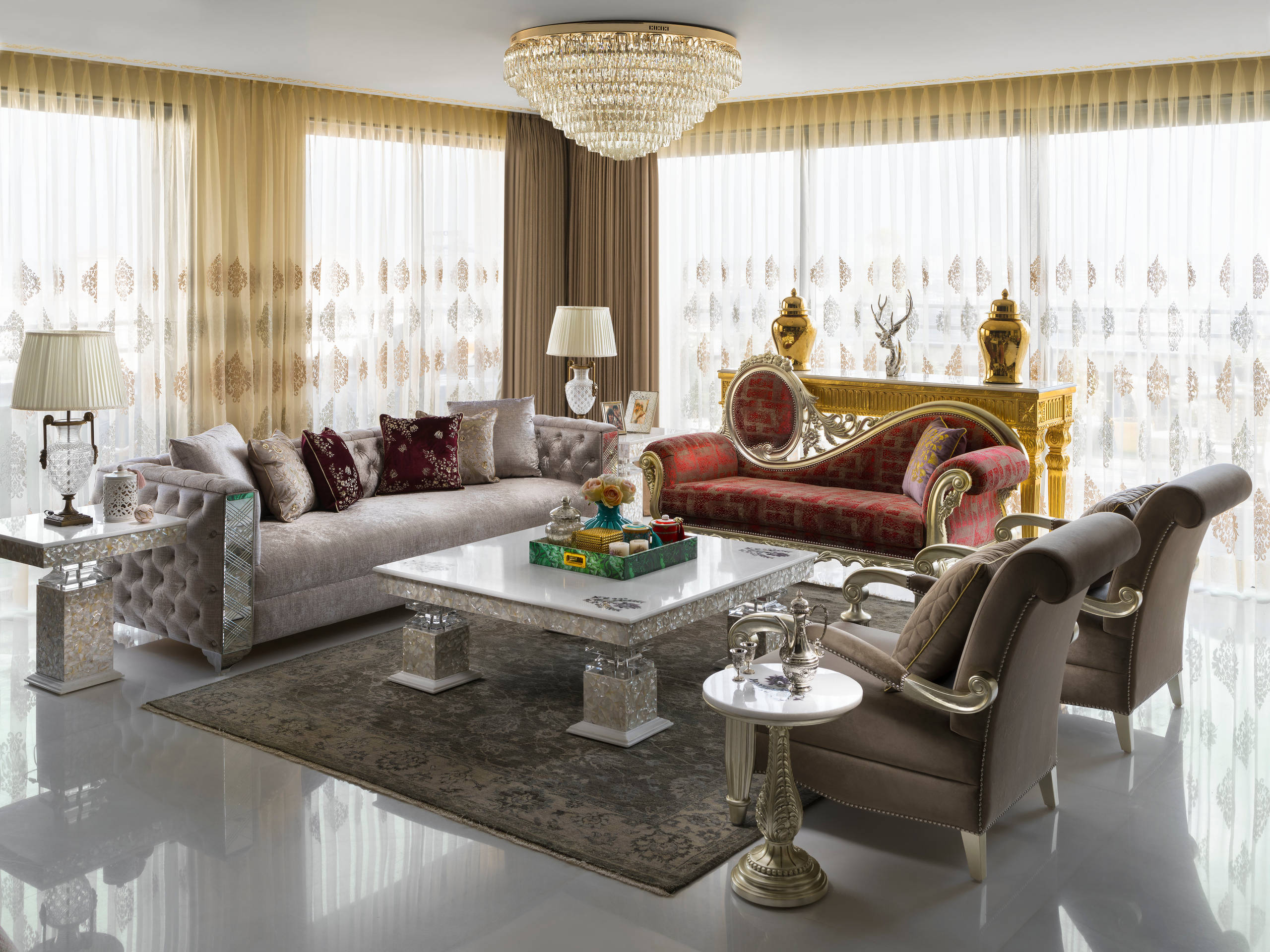Building a home recording booth can be an exciting project for those who are passionate about music, podcasting or any form of audio recording. Not only does it offer the convenience of being able to record at any time, but it also provides the opportunity to create a space that is acoustically tuned to your specific needs. Here’s how you can build one.
Firstly, you need to choose the right location in your home. The ideal space should be quiet and free from outside noise interference like traffic sounds or loud neighbors. It should also be spacious enough for all your equipment and comfortable enough for you to work in for extended periods.
Next comes soundproofing, which is crucial in achieving good quality recordings. There are various materials available such as foam panels, bass traps and diffusers that absorb sound waves and prevent them from bouncing off walls and creating echoes. These materials need to be strategically placed around the room – on walls, ceiling and even floor if necessary – based on where the sound waves will hit.
The next step is setting up your equipment. This includes microphones, headphones, speakers (also known as studio monitors), audio interfaces etc., depending on what kind of recordings you plan on doing. Investing in good quality equipment is essential because no amount of soundproofing can compensate for poor-quality recording gear.
Once all this is set up, it’s time to focus on ergonomics i.e., arranging everything so that they’re easily accessible without straining yourself physically over long periods of use. This includes positioning your chair at the right height relative to your desk or console; placing screens at eye level so you don’t have strain your neck looking up or down; ensuring there’s enough legroom under the desk etc.
Finally comes calibration – adjusting all elements in relation with each other so that they function together optimally as a system rather than individually. This involves tweaking speaker placement until you find ‘sweet spot’ where sound is most balanced, setting correct input/output levels on your audio interface to prevent clipping or distortion etc. There are software tools available that can help with this.
Building a home recording booth requires a fair amount of time, effort and investment but the payoff is immense. Not only does it provide you with the freedom to record whenever inspiration strikes, but also allows you to control every aspect of the recording environment – something that isn’t always possible in commercial recording studios. Plus, it’s a space that’s uniquely yours – reflecting your personality and catering specifically to your needs as an artist or producer. So go ahead and create your own little sanctuary of sound!

